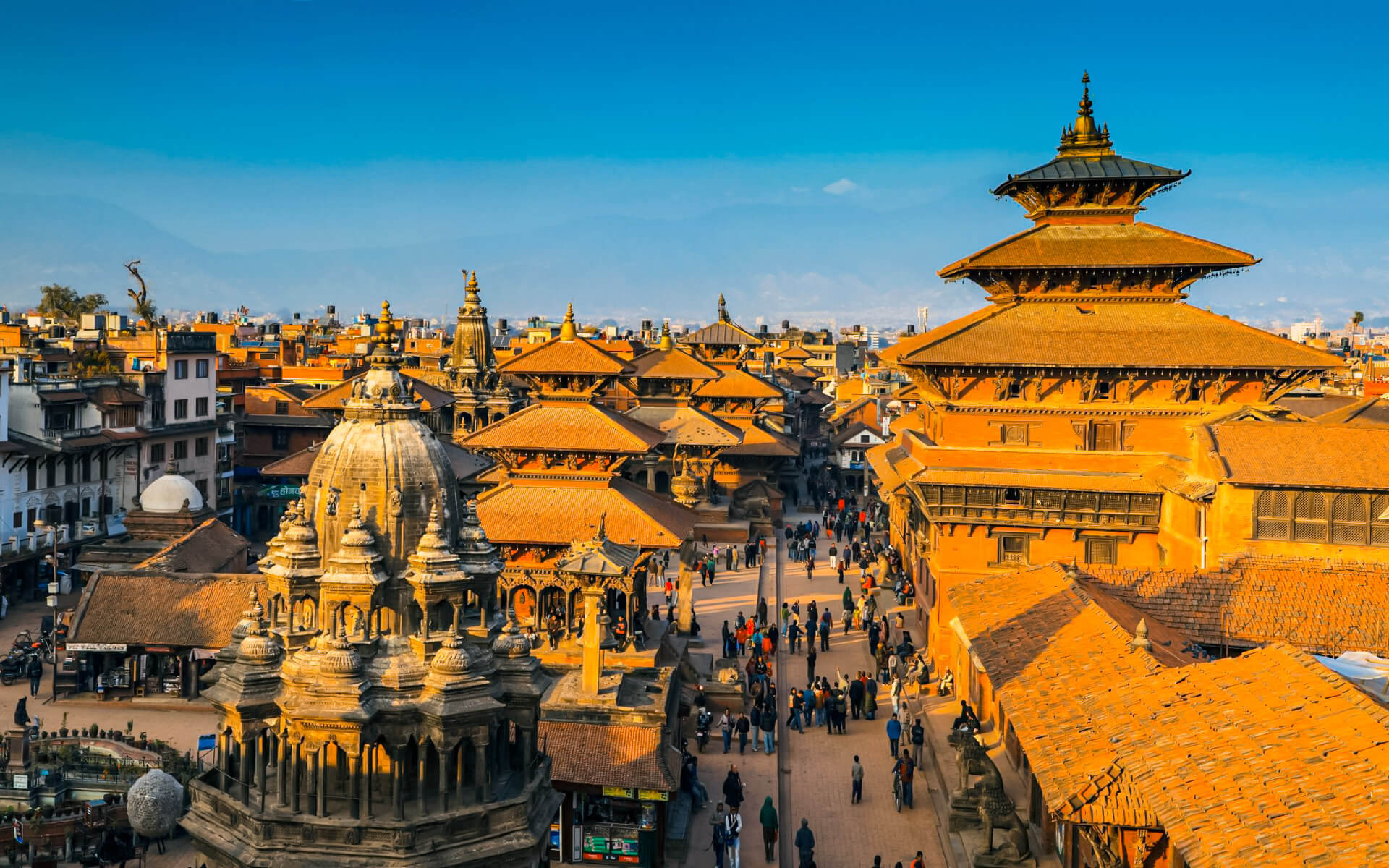Kathmandu is Nepal’s capital and biggest municipality. Kathmandu Metropolitan City has a population of 975,453 people and covers an area of 49.45 square kilometers (19.09 sq mi).
The city is located in central Nepal’s bowl-shaped Kathmandu Valley at a height of around 1,400 metres (4,600 feet).
Kathmandu is Nepal’s tourist capital. It is also the country’s economic center. It boasts the most modern infrastructure of any Nepalese city, and its economy is centered on tourism. Following that, tourism in Kathmandu decreased during a time of political upheaval, but has subsequently recovered.
According to inscriptions discovered in the valley, the city has a rich history dating back over 2000 years. Religious and cultural celebrations play an important role in the life of Kathmandu residents. The majority of Kathmandu’s population practices Hinduism, although many others practice Buddhism. Other religious faiths are represented, giving Kathmandu a multicultural culture.


